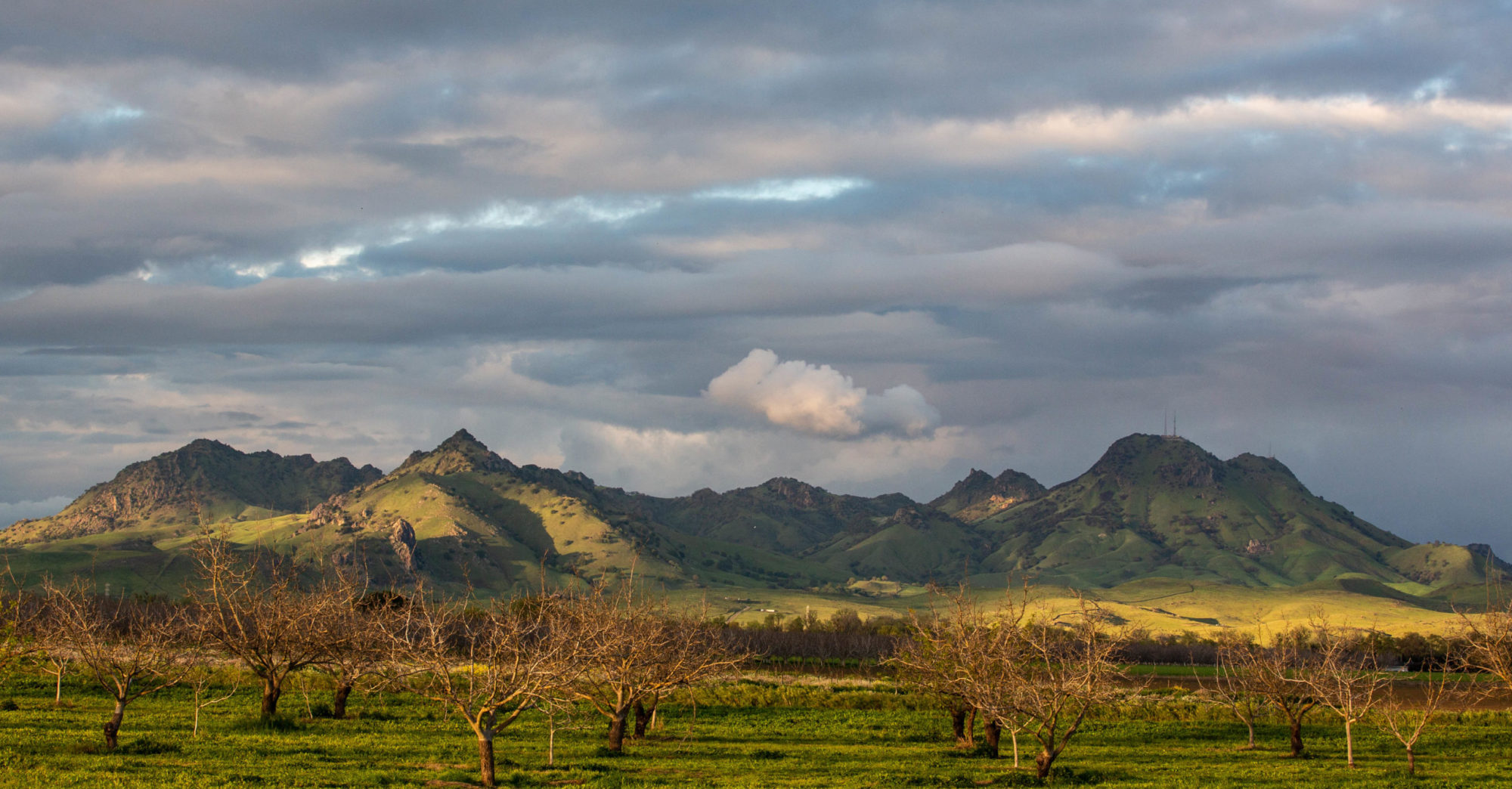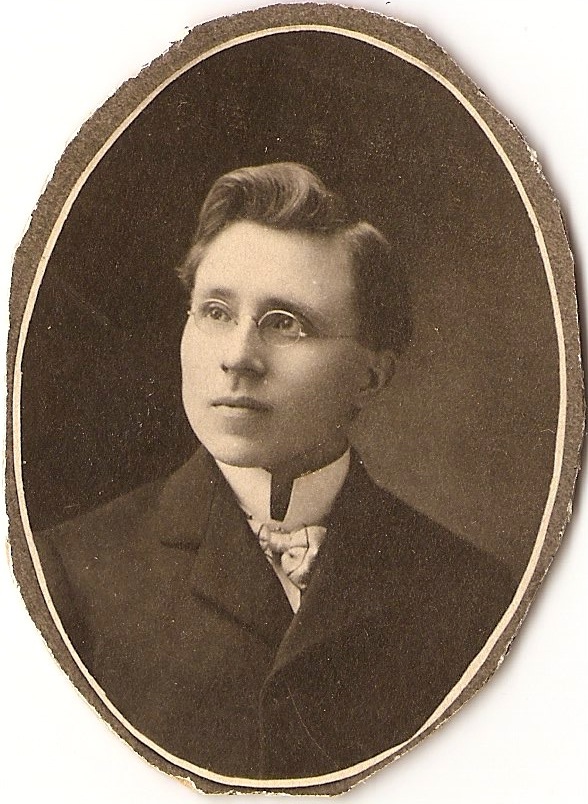Every road trip seems to entail one day that gets out of hand, a day you spend a lot more time on the road than you think is wise. Today–yesterday now–was such a day. We bit off a lot, saw a lot, encountered wonderful sights, had a few friendly chats with folks along the way, and wound up with a long grind of a drive east to put us where we wanted to be tonight.
To start at the end: We got where we were going, and I’m sitting in a comfortable motel room in Council Bluffs, Iowa, better than 600 miles from where we started the day. But something happened along the way.
Jump back about 120 miles from here, to Nebraska Route 12, just west of the little town of Ponca. It was dusk. I had been pushing consistently above the 60 mph speed limit in Eamon and Sakura’s new car, a Prius. Part of my brain was doing destination math, whittling down the distance to where I’m sitting now. Part of my brain was watching the road and monitoring everything on the displays in front of me.
The highway took a righthand bend, and my habit is to look through the turn, and I’ve got to think that’s what I was doing, looking right, when the deer appeared on the left side of the road. Sakura saw it first; she said she had seen a dead deer earlier and was watching out for any that might stray onto the road. She exclaimed something, and so did Eamon, sitting in the passenger seat. I saw a brown shape crossing in front of us. “Too late” is as close as I can translate the impulse that went through my head.
Then the impact: It seemed we made impact with the deer with the right front side of the car. It slammed into the front right side of the car, too, near the sideview mirror, as it was thrown up and to the right. The thought occurred that it hadn’t flown into the windshield. That was good. Then it was gone.
I slowed and pulled onto the shoulder about 150 yards down the road. In the car, we were all shocked but otherwise OK. Eamon and I walked back to see if we could find the deer. A man in a pickup truck stopped and rolled down his window. “We hit a deer,” I said. “You all OK?” he asked. I thanked him for stopping, then he rolled on.
Eamon and I walked back, looking for the deer in the ditch. There was just enough light to see it–her, I’m reasonably certain. She had come to rest on her left side, her head to the east. She wasn’t stirring–I’m reasonably certain, too, she was killed instantly. Marvelously intact and irretrievably broken, her left eye open and bottomless. Eamon looked down at her and said, “I’m sorry.” He was stricken and started walking back to the car.
I bent down over her in the dusk. Words came out. “I’m sorry, too. I’m sorry I took your life so brutally. I’m sorry to have taken your life for no purpose. I’m sorry I sent you back to the earth here in this ditch. If there’s a spirit, I hope it has flown and is free.”
Then I walked back to the car. It has some damage to the front end. I hope it’s all cosmetic, as expensive as that’s going to be. I know Eamon was feeling pretty bad about having his new ride banged up on its first voyage. I’m sorry about that, too–really sorry. And of course for the deer and for us I wish I could make the moment different from what it was. And it occurs to me that the moment could easily have been very different, and much worse: If I had swerved and rolled the car, say, or put the car into an uncontrolled skid.
I’ll always remember that righthand curve outside Ponca.
Like this:
Like Loading...

